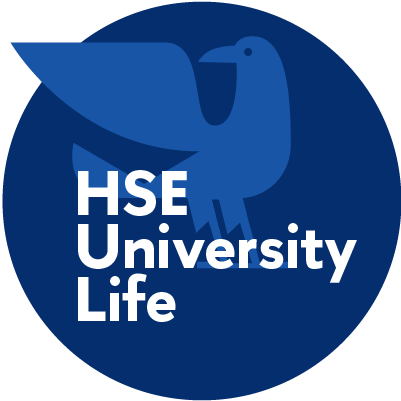- A
- A
- A
- ABC
- ABC
- ABC
- А
- А
- А
- А
- А
‘Dostoyevsky’s 'Krotkaya' is itself a Research Experiment’
— Professor Witte, what do you see as the basis for cooperation between the HSE and the Free University in Berlin?
— We have many shared research interests with our colleagues at the HSE Faculty of Philology. Both sides would benefit from doing research together and from teacher, post-graduate and undergraduate exchanges, and so there are, undoubtedly, grounds for developing cooperation. In particular, we could bring to life some really interesting joint projects in research on samizdat avant-garde poetry. I think that’s a very promising area indeed. We discussed long-term plans with the department here to set up a Master’s programme in Literature.
We are taking the first steps to make our cooperation official. In June we signed an agreement on student exchanges between the HSE and the East European Institute of the Free University. Whilst I’ve been in Moscow, we’ve been looking at ways to broaden that agreement to include teacher exchanges. I’m sure that both students and teachers in both our universities will be eager to take part.
— I gather that this isn’t your first visit to Moscow. Is your own research connected with Russian culture?
— Yes, I’ve been steadfastly researching Russian history, art and literature for more than twenty years. I’ve been drawn to many varied subjects but there are three main areas I’m most interested in. The first is Avant-garde poetry, and my research into what was Samizdat poetry brought me to Moscow, primarily. Over the years, my colleague Sabine Hensgen and I have translated and published many works by Moscow conceptualist writers and their predecessors.
My second research interest is the era of Catherine the Great – my doctorate was on autobiographies from that time.
We are also working on an area of interdisciplinary research where the study of literature meets art history, experimental psychology and several other disciplines, with our colleagues at the Centre of Languages of Emotion at FU Berlin. Using methods and tools from various academic approaches we are studying the interplay between emotions and language, particularly in the languages of artistic expression. I am running two projects; the first is historical, about the State Academy of Arts in Moscow in the 1920s. They tried to bring together aesthetic-philosophical, literary-art historical and experimental psychological approaches. It was a kind of precursor to our modern interdisciplinary research. The second project is on theory, about how we perceive fictional narratives (in literature, film, theatre) and how ‘narrative empathy’ emerges in the process of reading or watching films and plays. And this, in fact, is the subject of the lecture I gave at the HSE a few days ago on Elena Penskaja’s invitation, ‘Narrative empathy and “difference”; Dostoyevsky’s experimental story Krotkaya or A Gentle Creature’.
— Why did you use this particular work by Dostoevsky for analysis in the project?
—When we began the project on narrative empathy, we suggested various approaches to working with a text to our colleagues in neurophysiology and experimental psychology that they could use in an experiment to measure psychological activity in different parts of the brain. Unfortunately, this kind of empirical approach deals with a work of literature merely, as an object, which stimulates a measurable reaction in the reader. And we lose sight of the fact that literature itself can be a form of research into processes of empathy and its own experimental paradigm. Dostoyevsky is one of the writers in whose work we can see hypotheses and experimental examinations of the processes of perception, of the influence of one consciousness on another. When we analyse his stories (particularly Krotkaya or A Gentle Creature), we talk about a ‘theory of mind’, by which we mean a knowledge of intentionality – emotions, intentions, another’s arguments, differentiating his from one’s own perspective. In the story, we see a roundabout-ness and recourse to a constant mutual “attributing of minds” on two levels: in the way the storyteller addresses his imagined listeners and in the spiral-shaped projection of the state of consciousness of the protagonists, the husband and wife, on each other. So, you can say that Dostoyevsky’s Krotkaya is itself a research experiment.
Ludmilla Mezentseva, HSE News Service
